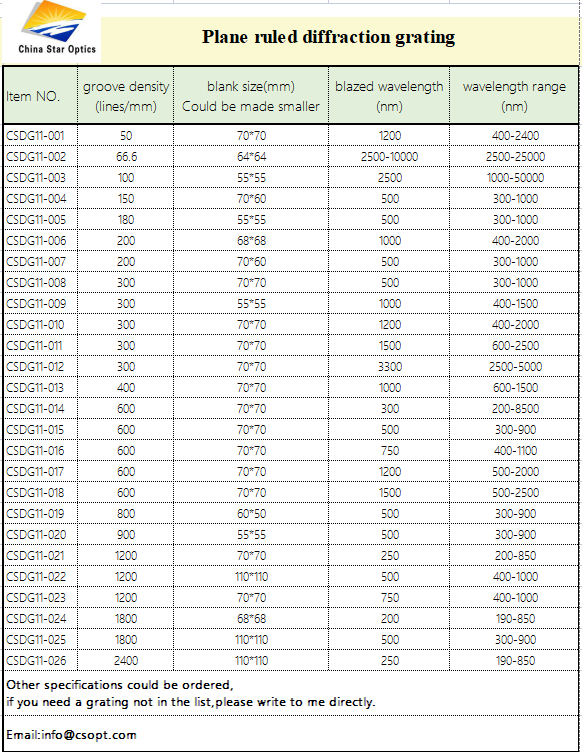Three strokes to do the maintenance work to solve the "face problem" of the tile
As an important part of home decoration, the design, materials and styles of ceramic tile products are more and more valued by consumers, and customers are more cautious in the process of purchasing ceramic tile products. For the tile floor in the ordinary residents' homes, why do some of them keep the light as new? Some face the "face problem" such as damage, scratches, shedding, etc. Many people think that the tile encounters the "face problem" "It must be a quality problem, and the relevant experts said that the short life of the tile is not necessarily a product quality problem. In many cases, improper maintenance will also result in a shorter tile life. Therefore, doing a good job of tile maintenance is an effective way to prevent tile damage, scratches and shedding. Today, Tianlong Babu, Xiaobian collected a few tricks for the maintenance of ceramic tiles for everyone, so that the ground of your home can also last forever, away from the "face" problem.
First, the paving process should pay attention to prevent problems from the source
Starting from the tile paving, all the problems of looseness, falling off, and water seepage are killed in the cradle. So why is the tile falling off?
Some professionals introduce the network super girl, because the tile is paved with cement mortar as a binder, and the tile after the paving is easy to absorb the moisture in the cement mortar. In the curing process, the cement which loses a lot of moisture has a reduced adhesive strength, so that it is easy to loosen and fall off the tile with the cement.
Therefore, before the paving, it is necessary to clean the ground dirt so that the cement and the ground completely fit. It is necessary for the tiles to be soaked before the paving to prevent the tiles from sucking in the mud.
Secondly, there must be seams in the tile laying process. Depending on the tile size, the gap is generally between 1-5mm. The purpose of this is to reduce the impact of product size deviation, and to prevent the tile from being inflated and contracted, resulting in uneven or peeling of the brick surface.
Second, daily cleaning has a coup to keep the tiles clean
Due to long-term exposure and contact with hard objects, the tile surface is easily worn and ground, which destroys the aesthetics of the tile surface, and the surface is too slippery, which reduces the home safety index. Through the maintenance of ceramic tiles, it is often possible to enhance the surface gloss of the product, increase the friction coefficient, and strengthen the surface hardness. First of all, adhesive or solid stains, it is not advisable to use a hard brush cleaning tool, such as a shovel, steel brush, etc. for forced hanging brush.
The appropriate cleaning agent should be selected for removal according to the nature of the stain. Acid-alkaline detergent can effectively remove the stain on the tile surface, but since the acid-base component may cause corrosion on the tile surface, it should not be used frequently. More acid-base cleaner should be used.
In addition, in the cleaning process, we not only need to remove the stains on the surface of the tile, but also clean the gaps in the tile joints, such as gap cleaning. You can use a soft brush to rub a little detergent, lightly brush the gap position, after cleaning, brush a layer of waterproof protective agent in the gap to prevent mold growth.
Third, regular maintenance benefits, occasionally a spa for the tile
After a long time of use, the surface of the tile often has uneven surface due to problems such as friction and accumulation. Regularly, the surface of the tile should be surface-care. The time interval is 2~3 months, which can effectively restore the surface gloss of the tile. At the same time extend the life of the tile. When waxing the floor tiles, thoroughly clean the stains and then carry out the wax surface treatment. Spread the wax evenly on the floor tiles. Generally, wait for the dryness within 8 hours after waxing. Do not trample the surface to prevent the marks.
Plane ruled gratings are characterized by a superior efficiency at their design wavelength compared with holographic gratings. Plane Ruled gratings comprise the majority of diffraction gratings used in spectroscopic instrumentation and are especially useful in systems requiring high resolution.
China star optics can provide customers with a variety of replicated grating products such as diffraction gratings, reflective gratings,holographic gratings,concave gratings etc. to meet different needs. Maximum ruled area is up to 300 x 300 mm for plane ruled diffraction gratings. For replicated diffraction and transmission gratings the ruling density can be from 20 grooves per millimeter to 2400 grooves per millimeter, wavelength from 0.2 micron to 25 microns.
Holographic gratings:
Specifications:
Ruled area: <=70 * 70mm
Wavelength range: 0.2-0.8um
Grooves per mm: 1,200 to 3,600L/mm
Diffraction: >70%
Ruled gratings:
Specifications:
Ruled area: <=70 * 70mm
Wavelength range: 0.2-15um
Grooves per mm: 50 to 2,400L/mm
Diffraction: >70%
Concave gratings:
Specifications:
Ruled area: <=70 * 70mm
Wavelength range: 200 to 900um
Grooves per mm: 490 to 1,200L/mm
Diffraction: >70%

Plane Ruled Grating,Plane Ruled Diffraction Grating,Plane Reflection Grating,Plane Ruled Reflective Grating
China Star Optics Technology Co.,Ltd. , https://www.realpoooptics.com
